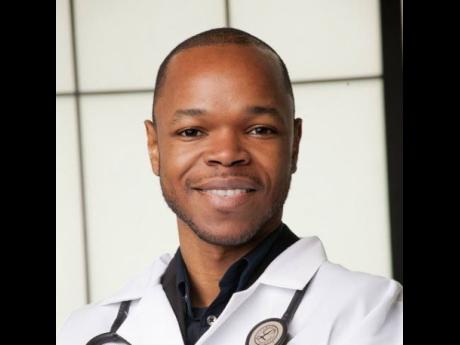Testing our way through COVID-19
Across the world, the evidence shows that testing is critical to a successful COVID-19 response. Identifying persons with the novel coronavirus and separating them from the rest of the population is required to stop spread. In addition to physical-distancing measures, testing (or the lack thereof) dictates the scale of the pandemic a nation will experience. Testing will also have to be ongoing and institutionalised, because COVID-19 is expected to be with us for years, not just months. Full testing capacity requires fully engaged laboratories across all sectors – public health system, private and academic laboratories. Reopening our economy will need to be guided by a robust testing system for identifying persons with infection early and prompt isolation.
No-symptom (super) spreaders
Infected persons without symptoms play a large role in spread of infection. In early March, doctors in Germany informed the world of a 33-year old German businessman who became infected after attending meetings with a business partner from Shanghai, who had no symptoms at the time. The German businessman subsequently passed it on to two co-workers. In early April 2020, Singapore’s National Centre for Infectious Diseases informed the medical community about an evacuation flight from Wuhan, China, to Singapore with 94 individuals, none of whom had fever or symptoms at the time of boarding. Eight persons subsequently had symptoms, and three tested positive for the virus. Waiting for exposed persons and contacts to show symptoms before testing misses persons without symptoms who could be spreading infection.
Without knowing who and where the persons with infection are, once social-distancing restrictions are lifted, infections surge. In a mid-March publication, scientists underscored the important role of persons with the virus but no symptoms. The authors estimated that one person with infection could infect two to three persons. This is in contrast to the H1N1 pandemic influenza virus of 2009, where one person infected one to two others; and COVID-19 is 10 times more deadly than 2009 H1N1.
This is a data war
The plan at this stage is not to test every Jamaican. Citing resource constraints, those pushing back against an appeal for expanded testing conflate ‘test everyone’ with strategic expanded testing. It is not enough to simply quarantine some contacts based on symptoms and allow others to roam freely just because they have no symptoms; testing all contacts provides important information about the ease of spread of the disease in our specific context. At a minimum, all suspected cases, persons at risk through exposure, recent travel, and all their contacts should be tested and these risk groups quarantined. Another essential population for prioritised testing is the healthcare workforce; all front-line healthcare providers should be offered testing. Another important aspect is testing persons seeking healthcare for respiratory symptoms. Testing provides important data with implications for containment strategies and assessing the impact of public health interventions.
Once infection has been introduced into a population, aggressive testing and isolation of contacts allow interruption of spread while the number of cases is at a manageable level that can be covered by the number of tests available. South Korea successfully curbed their epidemic through aggressive case-finding through strategic expanded testing, using about 500 tests per 100,000 population. That same strategy would have required about 15,000 tests for Jamaica at that similar early stage. COVID-19 is now a part of life, and like getting a vaccine, perhaps most persons will have received a COVID-19 test at some point in their lives. That is the world we now live in. Restrictions on population movement buy time to test and isolate infected persons and prepare health facilities to care for patients with severe COVID-19. For every day that passes that we do not take a step towards enabling the required testing capacity, the price is an exponential rise in cases and lives lost.
Systems in place pre-pandemic were designed for minimal population monitoring for respiratory diseases, a system that already had gaps, and could not be expected to seamlessly usher us into the appropriate response to one of the greatest threats to human life worldwide. Testing capacity exists here, but leadership is required to effectively utilise this capacity.
Dr Yohann White is medical director at Para Caribe Consulting. Email: yohann.white@caribewellness.com; yourhealth@gleanerjm.com.




